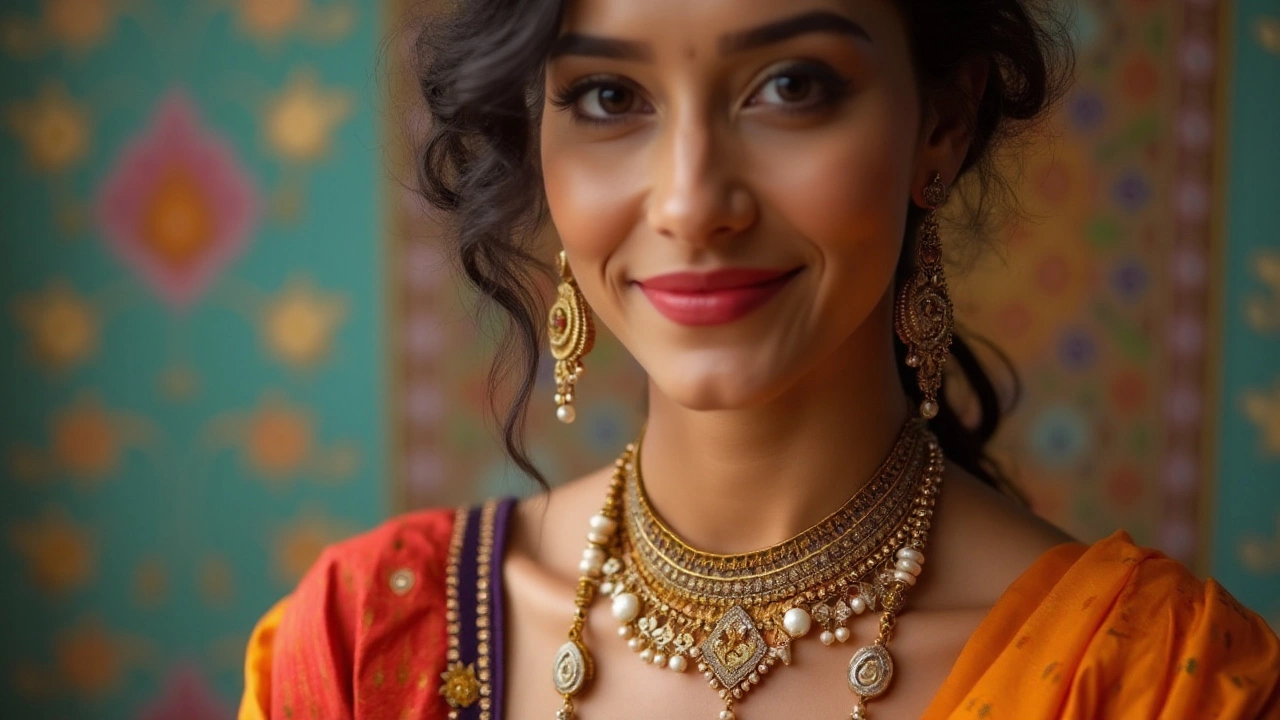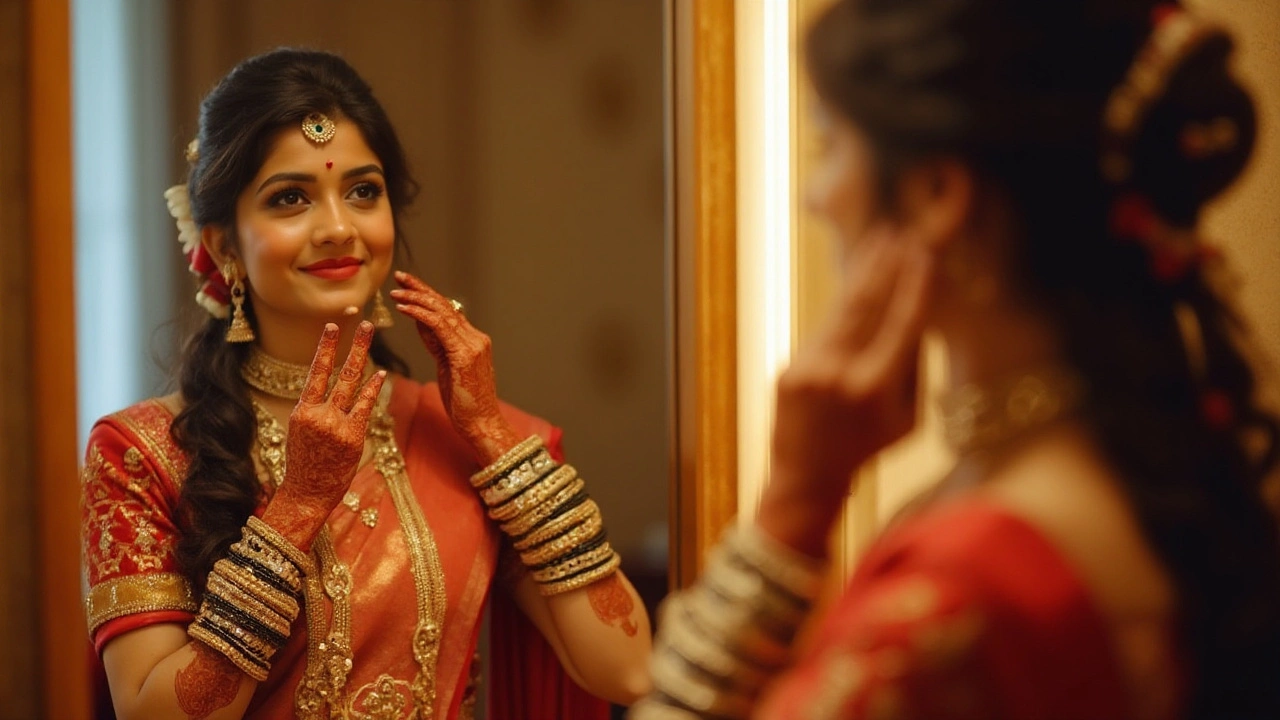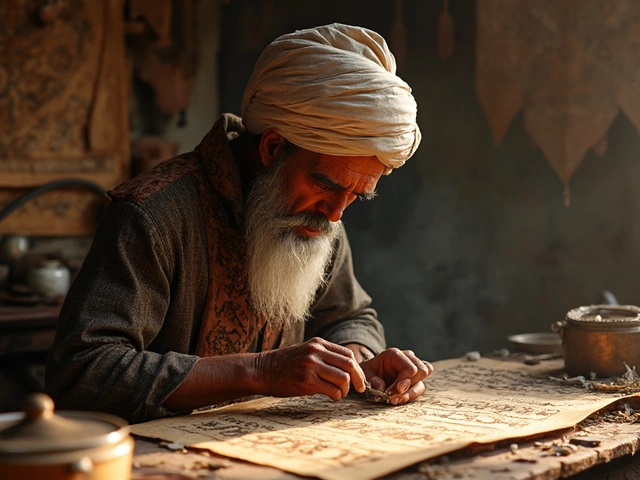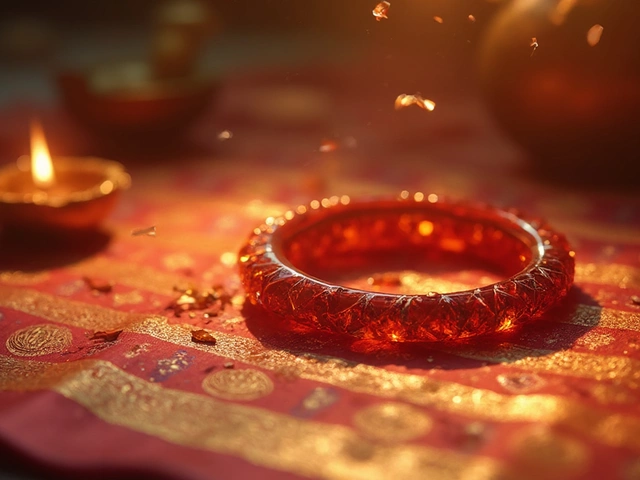Tag: mangalsutra designs - Page 2
Understanding Inheritance for Second Wives and Mangalsutra Designs
In the realm of inheritance, understanding what the second wife is entitled to when her husband passes away is crucial. Many factors play a role, including local laws, cultural practices, and the presence of wills or prenuptial agreements. Additionally, mangalsutra designs hold cultural significance and can symbolize the marital status and heritage for the second wife. This article explores both the legal aspects of inheritance for second wives and the cultural importance of mangalsutra designs in this context.
Exploring the Tradition and Trends of Wearing Two Mangalsutras
Discover the cultural significance and modern trends of wearing two mangalsutras. This article explores whether it's permissible for women to wear more than one mangalsutra, considering both traditional beliefs and contemporary styles. Learn about the diverse meanings and personal choices that influence this practice in today's world. This discussion aims to provide insights for those interested in traditional Indian jewelry and how it adapts over time.
Who Embraces the Allure of Black Mangalsutras?
The black mangalsutra is not merely a jewelry piece; it holds deep cultural importance and evolving fashion trends in its delicate threads. This article explores who is choosing to wear black mangalsutras and why. We delve into the history and cultural significance, discuss its modern representations, and offer insights on choosing the right design for personal style. Discover how black mangalsutras are making a bold statement in contemporary jewelry design.
Cultural and Symbolic Significance of Wearing a Mangalsutra
The mangalsutra is a sacred necklace worn by married Hindu women as a symbol of their marital status and their commitment to their spouse. Traditionally, it signifies the union of two souls and is an important part of Hindu wedding rituals. With its roots deep in Indian culture, the design of a mangalsutra often varies across regions, embodying a blend of tradition and personal expression. This article explores the history, cultural importance, and contemporary designs of the mangalsutra, offering insights into both its ceremonial and modern-day adaptations.








